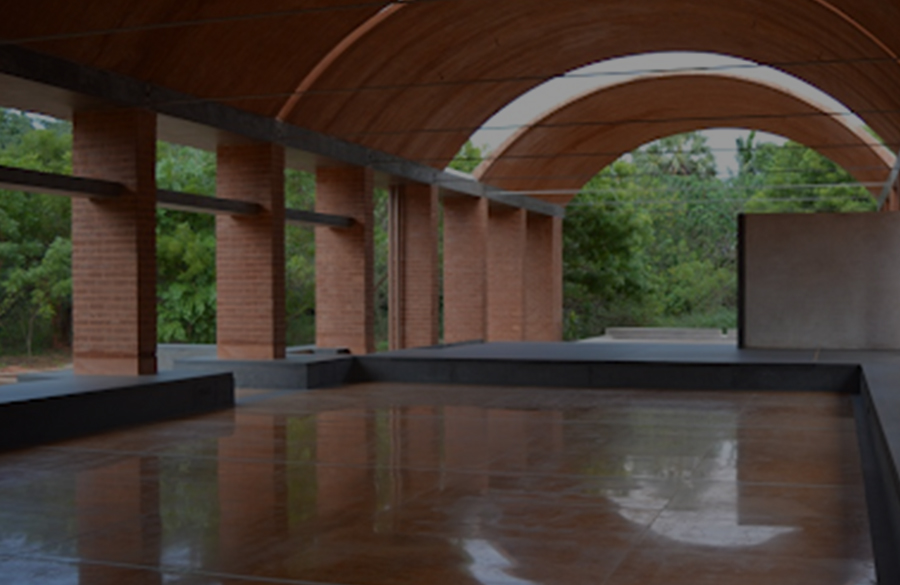
original landscape) or landscape that existed before major human induced changes and the Kulturlandschaft (transl.

He defined two forms of landscape: the Urlandschaft (transl. In 1908, Schlüter argued that by defining geography as a Landschaftskunde (landscape science) this would give geography a logical subject matter shared by no other discipline. Geographer Otto Schlüter is credited with having first formally used “cultural landscape” as an academic term in the early 20th century. Lands were then considered shaped by natural forces, and the unique details of such landshaffen (shaped lands) became themselves the subject of 'landscape' paintings. The word " landscape" itself combines "land" with a verb of Germanic origin, "scapjan/schaffen" to mean, literally, "shaped lands". From the 16th century onwards, many European artists painted landscapes in favor of people, diminishing the people in their paintings to figures subsumed within broader, regionally specific landscapes. The concept of 'cultural landscapes' can be found in the European tradition of landscape painting. an "associative cultural landscape" which may be valued because of the "religious, artistic or cultural associations of the natural element.".



 0 kommentar(er)
0 kommentar(er)
